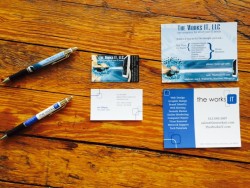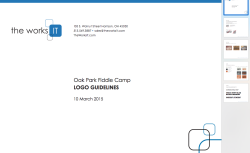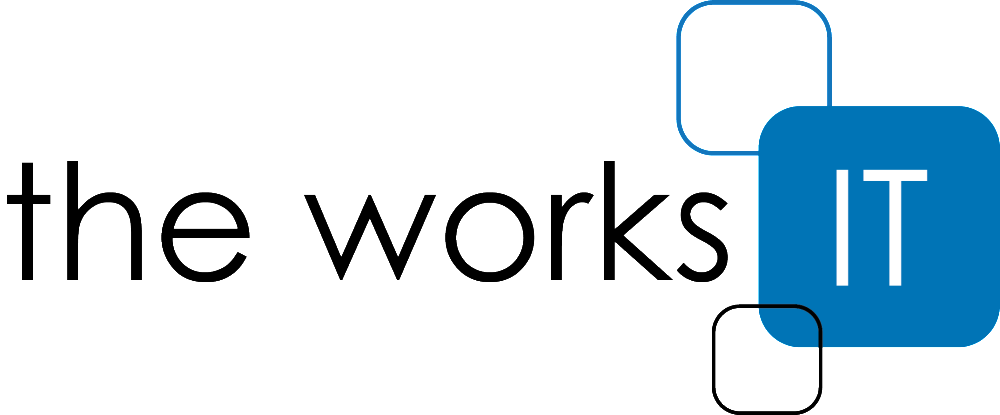I feel like “branding” has become somewhat of a buzzword lately online. I’ve seen a lot of articles talking about the importance of your “personal brand”, and the power of big brands such as Apple and Nike. But how can small businesses begin to touch the authority that international corporations carry? The answer is very much in quality of service and products, yes. But a big differentiator for local business can be a vital part of brand work: the visual identity.
What is a visual identity?
Your company’s brand encompasses the essence of what your business is about: your products, your personality, and your core values. A visual identity is about communicating those core messages to your ideal customer through visual elements. A strong identity, like a strong brand message, makes you recognizable to your clients and prospects while setting you apart from your competition.
 “OK, so I’ll get someone to make a logo for me then, that should be good. Maybe some business cards”, you might think to yourself. But a great visual identity goes beyond a logo and stationary. A quality identity relays abstract concepts, invokes emotions, and resonates with its customers. Identities should be closely associated with your name, quickly recognizable, and representative of your business as a whole.
“OK, so I’ll get someone to make a logo for me then, that should be good. Maybe some business cards”, you might think to yourself. But a great visual identity goes beyond a logo and stationary. A quality identity relays abstract concepts, invokes emotions, and resonates with its customers. Identities should be closely associated with your name, quickly recognizable, and representative of your business as a whole.
Establishing a visual identity
The first step to creating an identity is to establish what you want to communicate to the world about your business. In our brand creation process we find it helps to come up with (at least) three words you feel capture your business’s personality and message, then build off of these points to drill down into the specifics about who you are and what makes you different from your competitors.
Another vital factor in creating a visual identity is identifying your ideal customer. Who are the people frequenting your business? Is the type of customer you’re attracting who you want to work with? Think about this ideal person. Where do they live, work, shop and entertain themselves? Answering all of these questions will help you identify the tastes and preferences of your customer and put yourself in their shoes.
Going through the steps to identify your clients’ preferences is so important because it can be so difficult to keep your client in mind when going through the design process. Before you ask yourself whether or not you like something, you should always ask yourself, “Would my customers like this?” It can be difficult to separate your own preferences during this part in the process since design preference is such a subjective matter. However, unless you happen to be in the exact same demographic and mindset of your ideal customer, you must remove yourself from the equation.
Be consistent
 So fast forward. You’ve spent time crafting an identity that aligns with your brand message, resonates with your customers, and sets you apart from your competitors. Fantastic! Unfortunately, all of this work is a huge waste of time if you don’t stick to using the identity consistently. Once you have visuals established, it’s vital that you stick to the aesthetic rules you’ve come up with. This means making sure that every piece you design fits with your other materials. This doesn’t mean everything has to look identical, but all pieces that come from your business should look like they belong to the same family.
So fast forward. You’ve spent time crafting an identity that aligns with your brand message, resonates with your customers, and sets you apart from your competitors. Fantastic! Unfortunately, all of this work is a huge waste of time if you don’t stick to using the identity consistently. Once you have visuals established, it’s vital that you stick to the aesthetic rules you’ve come up with. This means making sure that every piece you design fits with your other materials. This doesn’t mean everything has to look identical, but all pieces that come from your business should look like they belong to the same family.
That’s why we make sure to develop brand guidelines for each one of our identity projects and include this in the client deliverables. This document provides direction to heed when using design collateral across all types of media to keep your brand strong and consistent.
This also doesn’t mean that your identity should never evolve or change. Not at all! In fact, it’s important to stay on top of visual trends and how they relate to your design materials to keep your business looking fresh and current.
Creating a beautiful and successful visual identity is definitely not easy. Designers and agencies work very hard to get these just right, spending lots of time learning about and collaborating with the client on their desired message and evoking the appropriate emotion from their audience. But if you remember to communicate your brand’s values, keep your audience in mind, and stay consistent, you’ll be off to a great start.


Good info. Thanks!